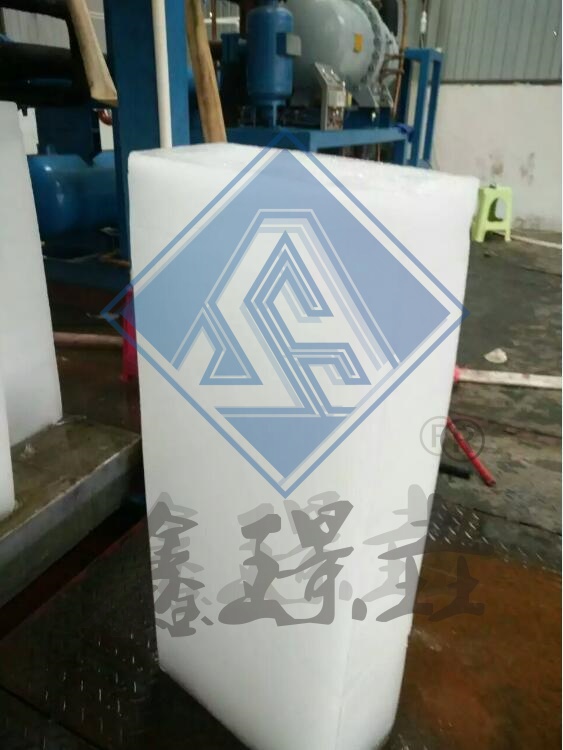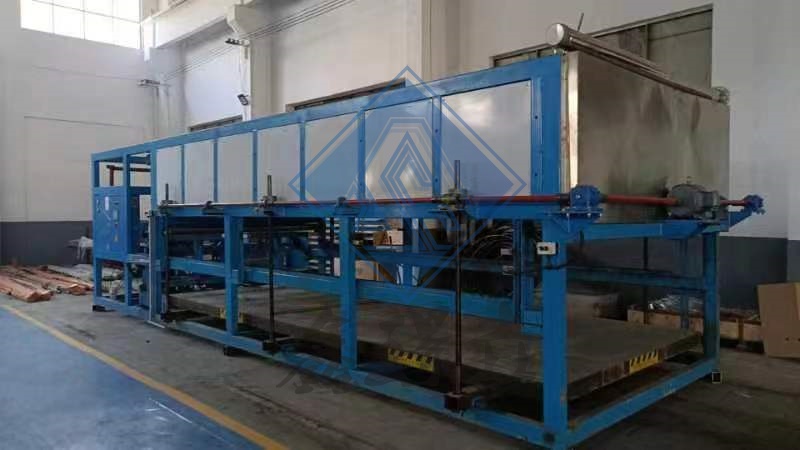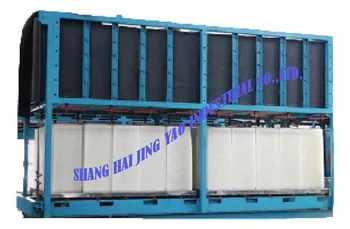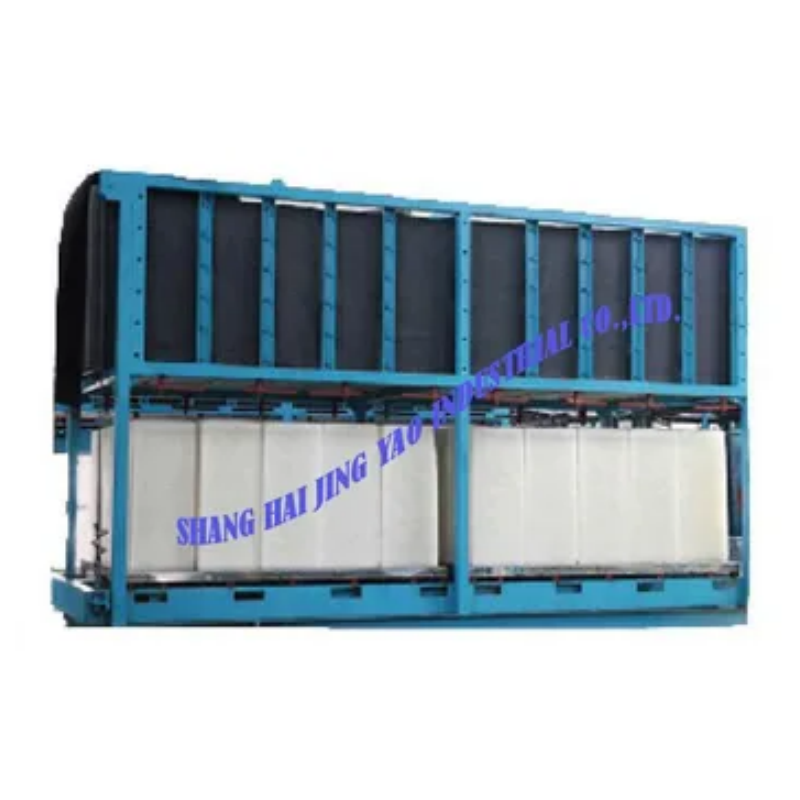L-Block Ice Machine reduces procurement costs + saves electricity bills + requires less maintenance
L-Block Ice Machine reduces procurement costs + saves electricity bills + requires less maintenance
company introduction
1. Small and medium-sized enterprises or first-time investors can reduce the pressure of equipment purchase and cut down on capital investment.
2. In large-scale ice-making scenarios (such as aquatic product processing and cold chain storage), significant electricity cost savings can be achieved, thereby increasing profit margins.
3. There is no need to frequently replace the coolant, reducing maintenance workload; it can still efficiently cool in low-temperature environments and is suitable for freezing, refrigeration, and other scenarios.












